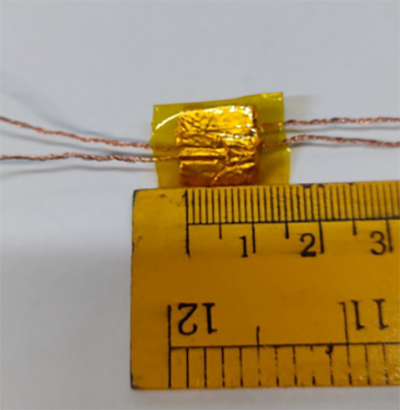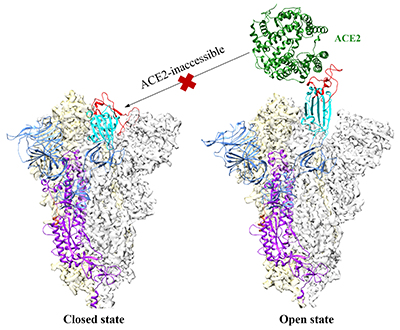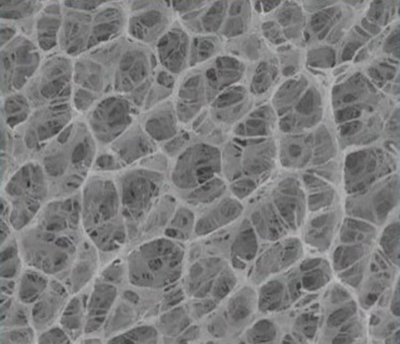FOR IMMEDIATE RELEASE
Although many measures are in place to prevent contamination, pollutants, such as mercury and lead, can still end up in the environment. Sensing them often requires complicated processes, but what if you could detect them with the tap of a fingertip? Researchers reporting in ACS Nano have developed a self-powered nanosensor that can discover small amounts of mercury ions and immediately report the result. Watch a video of the nanosensor in action here.
Mercury in its Hg2+ form can be harmful if consumed through contaminated water or food, so researchers have developed various mercury sensors. One of these was integrated into a glove for on-site monitoring, but it couldn’t detect the ion in small amounts and required a constant supply of external power. Instead, attention is now turning to self-powering systems, such as those driven by the triboelectric effect — a form of static electricity. Not only does this generated electricity keep the device running, but its voltage can be used to signal the presence of a particular analyte. These devices are known as triboelectric nanosensors (TENS). So, Zong-Hong Lin and colleagues wanted to create a TENS that could accurately detect small amounts of mercury ions simply by touching a sample.
To fabricate their TENS, the team used an array of mercury-sensitive tellurium nanowires. This made their sensor highly selective, allowing it to pick out its target even in complicated samples. The researchers mounted the TENS onto the fingertips of a robotic hand and repeatedly touched it into a sample solution. The change in voltage was wirelessly transmitted to a smartphone in real time, corresponding to the presence or absence of mercury ions. The robotic sensor also successfully detected ions in both naturally sourced and tap water with the same “tapping” method. It also detected them in food, including a shrimp and an apple, after they had been spiked with the contaminant. The researchers say that their TENS could serve as the basis for similar devices to monitor other pollutants remotely and safely.
The authors acknowledge funding from the Young Scholar Fellowship Program by the National Science and Technology Council of Taiwan, the National Tsing Hua University Research Grant, and the Chung-Ang University Research Grant in 2022.
###
The American Chemical Society (ACS) is a nonprofit organization chartered by the U.S. Congress. ACS’ mission is to advance the broader chemistry enterprise and its practitioners for the benefit of Earth and all its people. The Society is a global leader in promoting excellence in science education and providing access to chemistry-related information and research through its multiple research solutions, peer-reviewed journals, scientific conferences, eBooks and weekly news periodical Chemical & Engineering News. ACS journals are among the most cited, most trusted and most read within the scientific literature; however, ACS itself does not conduct chemical research. As a leader in scientific information solutions, its CAS division partners with global innovators to accelerate breakthroughs by curating, connecting and analyzing the world’s scientific knowledge. ACS’ main offices are in Washington, D.C., and Columbus, Ohio.
To automatically receive press releases from the American Chemical Society, contact newsroom@acs.org.
Note: ACS does not conduct research, but publishes and publicizes peer-reviewed scientific studies.







